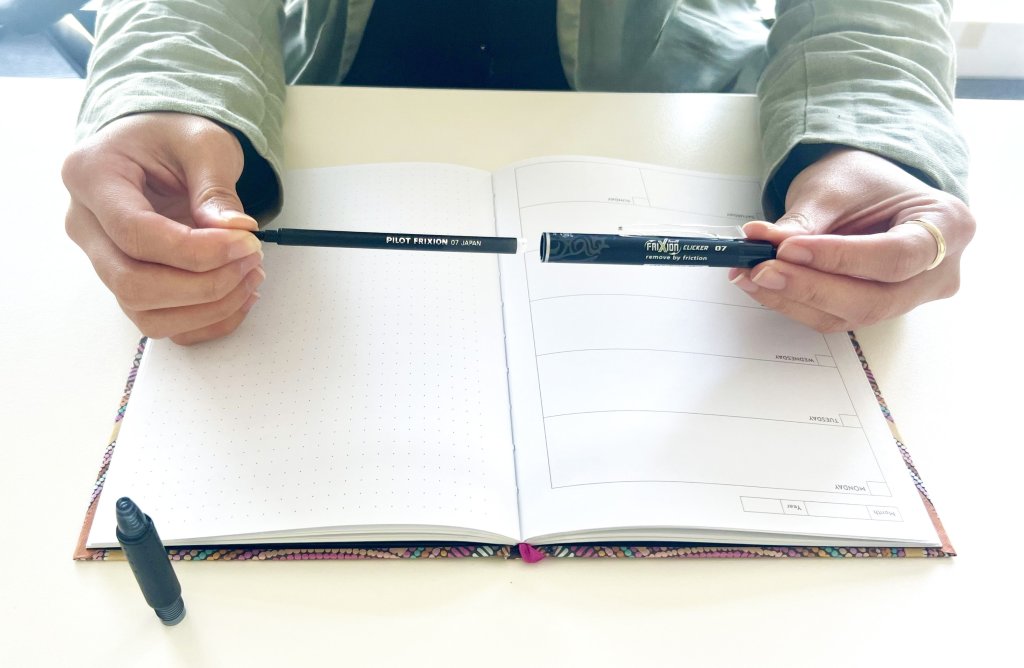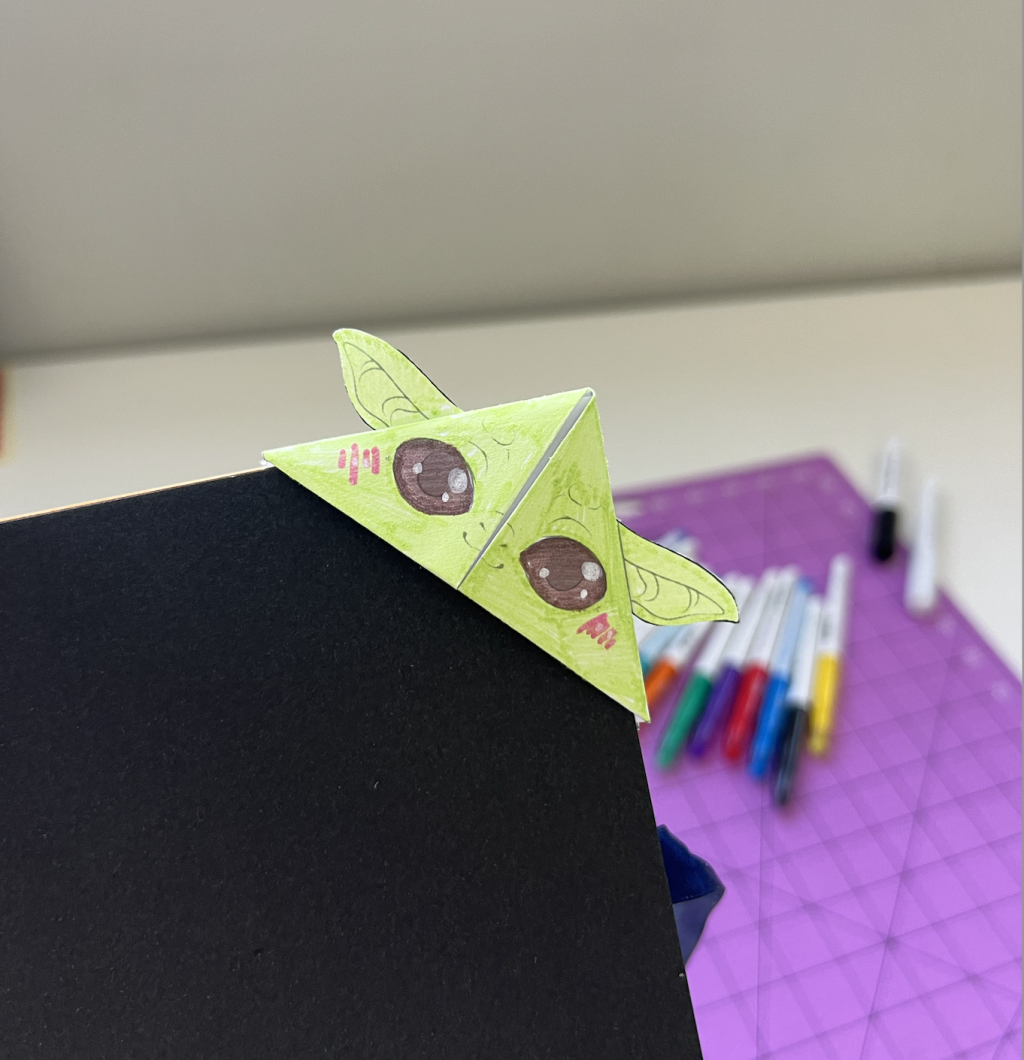Who invented the ballpoint pen? This pivotal writing instrument that we take for granted was brought to fruition by the Hungarian journalist László Bíró, with key contributions from his brother György. While building on the earlier, less successful attempt by American inventor John J. Loud, the Bíró brothers revolutionised the design, solving the persistent problem of ink flow and changing the way we write forever. In this article, we explore the ingenuity behind the ballpoint pen’s invention, its subsequent iterations, and its enduring significance.
Key Takeaways
The ballpoint pen’s precursor, patented by John J. Loud in 1888, was innovative but commercially unsuccessful due to ink flow problems and its rough writing quality on paper.
The Bíró brothers significantly advanced the ballpoint pen, creating a practical and commercially successful design by incorporating a metal ball tip for smooth ink flow, with the British Royal Air Force’s adoption during World War II helping to solidify the pen’s market presence.
Modern ballpoint pens have diversified, seeing innovations such as PILOT’s archival ink, retractable and refillable designs, luxury models, and multifunctional pens, emphasising sustainability, quality, and a range of consumer preferences.
The Genesis of the Modern Ballpoint Pen
The story of the ballpoint pen begins with an American leather tanner, John J. Loud, who was granted the first patent on 30 October 1888. Loud designed a writing instrument that featured a small rotating metal ball in a socket, designed to write conveniently on various surfaces, especially leather, while on the move. However, this innovative pen faced some significant hurdles. Issues like flawed ink flow, overflow, and a rough effect on paper plagued Loud’s early prototypes.
Though Loud’s pen was a commercial failure due to its coarse writing quality, it marked the beginning of the ballpoint pen’s journey. The patent eventually lapsed without reaching widespread adoption, but it laid the foundation for the development of modern ballpoint pens. Little did Loud know that his invention would one day evolve into an essential writing tool, far surpassing the capabilities of his initial design.
The Bíró Brothers' Breakthrough
The real revolution in the ballpoint pen’s history came from halfway across the world. Hungarian-born László Bíró and his brother, György, took Loud’s initial idea and transformed it into a practical writing instrument. Their key innovation was the introduction of a metal ball at the pen tip that delivered ink in a fluid and consistent manner.
This invention, which would later become the first ballpoint pen, and the commercially successful pen, was showcased to the world at the Budapest International Fair in 1931, marking the arrival of the modern ballpoint pen.
From Newspaper Printing to Pens
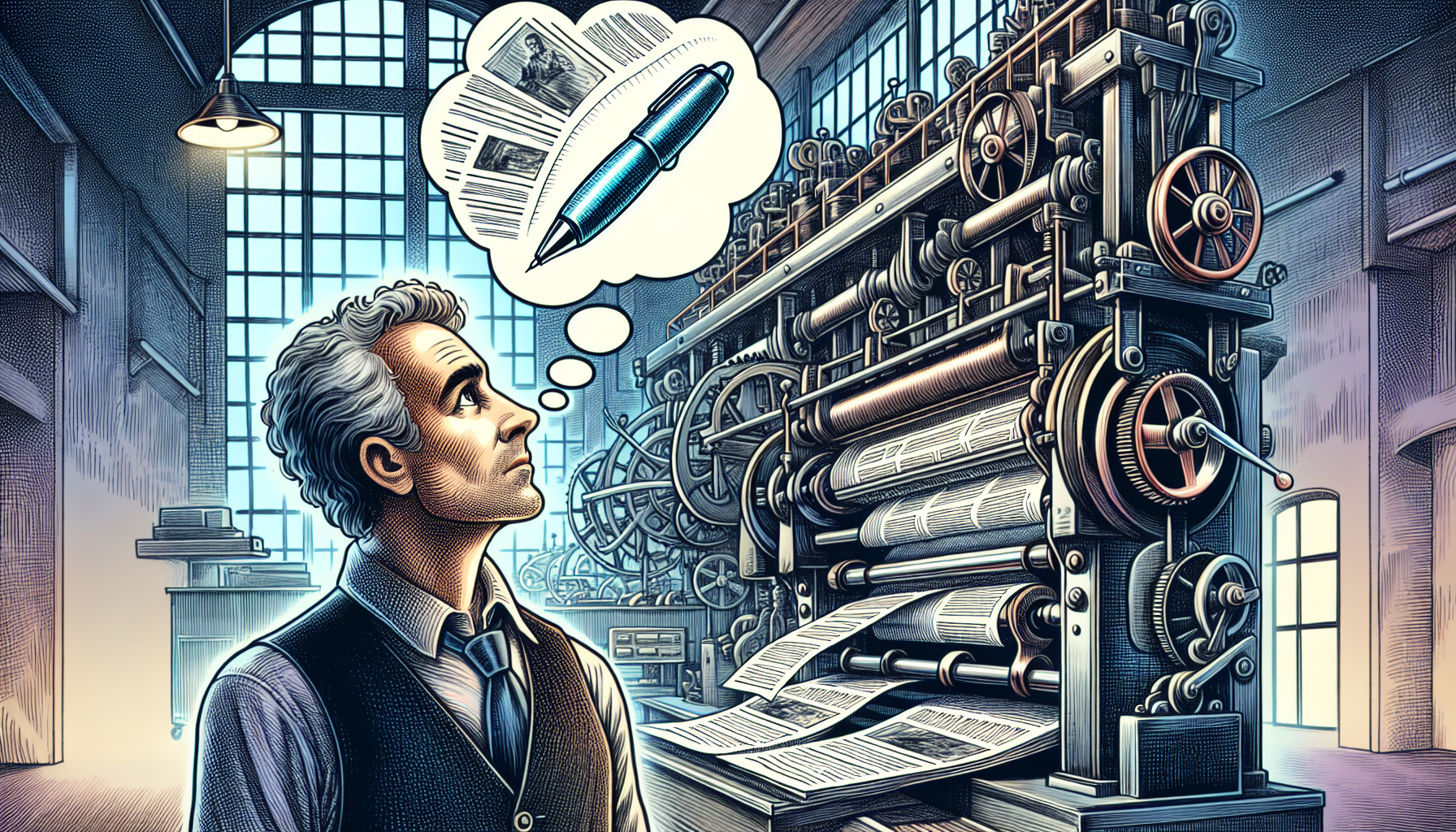 László Bíró was not a fan of the fountain pen. Frustrated by the smudging caused by the slow-drying fountain pen ink, he sought an alternative. Working as a journalist, he noticed that the viscous ink used in newspaper printing dried almost instantly upon contact with paper. This quick-drying ink prevented smudges and was ideal for fast-paced journalism.
László Bíró was not a fan of the fountain pen. Frustrated by the smudging caused by the slow-drying fountain pen ink, he sought an alternative. Working as a journalist, he noticed that the viscous ink used in newspaper printing dried almost instantly upon contact with paper. This quick-drying ink prevented smudges and was ideal for fast-paced journalism.
Inspired by this, Bíró embarked on developing a new type of ink pen that employed similar fast-drying ink. This would not only eliminate the smudging problem but also provide a smooth writing experience on any writing surface. It was a simple idea, yet one that would significantly impact the future of writing instruments, especially the bíró pens.
The Role of World War II
The ballpoint pen’s journey took an unexpected turn during World War II. The British Royal Air Force was in need of a reliable writing instrument that could perform well at high altitudes. Traditional fountain pens would leak under these conditions, but the Bíró pen, with its unique ink and delivery system, proved to be the perfect solution.
The British government acquired the licensing rights to Biro’s patent and placed a significant order for 30,000 pens, solidifying the ballpoint pen’s position in the market. This adoption by the Royal Air Force played a significant role in the Biro pens’ prominence and boosted their demand.
Ink Innovations: Beyond Oil-Based Formulas
As the ballpoint pen industry advanced, so did the sophistication of the ink formulas used within them. A standout example of this innovation is the PILOT Acroball, which employs a Hybrid-ink technology that combines the best characteristics of traditional ballpoint pen ink with the smoothness of gel pen ink. This Hybrid-ink is designed to dry quickly, minimising the risk of smudging and ensuring crisp, clear writing.
The resilience of the Acroball's ink is noteworthy; it is resistant to an array of substances including water, light, alcohol, acid, ammonia, bleach, acetone, and oil. Its cheque-safe and archive-safe properties make it reliable for important documents that need to stand the test of time. These advancements in ink technology exemplify the industry's dedication to enhancing the user experience while maintaining the reliability and integrity of the written word.
 The Diversity of Modern Ballpoint Pens
The Diversity of Modern Ballpoint Pens
Modern ballpoints come in all shapes and sizes, offering an array of functionalities designed to cater to a variety of writing needs and preferences. From the convenience of retractable pens to the elegance of luxury models, the diversity in the ballpoint pen market is truly impressive.
Let’s delve into some of these categories to understand how the humble ballpoint pen has evolved to cater to the dynamic needs of its users.
 Retractable Ballpoint Pens
Retractable Ballpoint Pens
Retractable pens have become a staple in the ballpoint pen market. The concept of retractable pens dates back to 1888, when John J. Loud invented and patented the first model. However, it wasn’t until much later that this design was marketed, with László Bíró and his brother György improving upon the original concept by utilising thicker ink and capillary action to slowly draw the ink out.
In the mid-20th century, the Frawley Pen Company claimed to have created the first pen with a retractable ballpoint tip, marking a significant evolution in pen design. Retractable pens offer the convenience of not needing a cap and provide protection for the pen tip, making them a popular choice among users.
 From Single-Use to Sustainable
From Single-Use to Sustainable
The ballpoint pen industry is embracing sustainability, moving away from single-use plastic pens towards refillable options. This shift helps reduce environmental impact by minimising waste and promoting the reuse of pen bodies, leading to cost savings for consumers and a smaller ecological footprint.
Many brands are now innovating with eco-friendly materials and designs. Refillable pens made from recycled materials are becoming more common, contributing to a more sustainable future.
PILOT, among other companies, is advancing this trend with their BegreeN range, which includes ballpoint pens crafted from over 70% recycled plastic materials. This underscores their commitment to sustainable writing solutions and emphasises the importance of refilling to extend the lifespan of the pen.
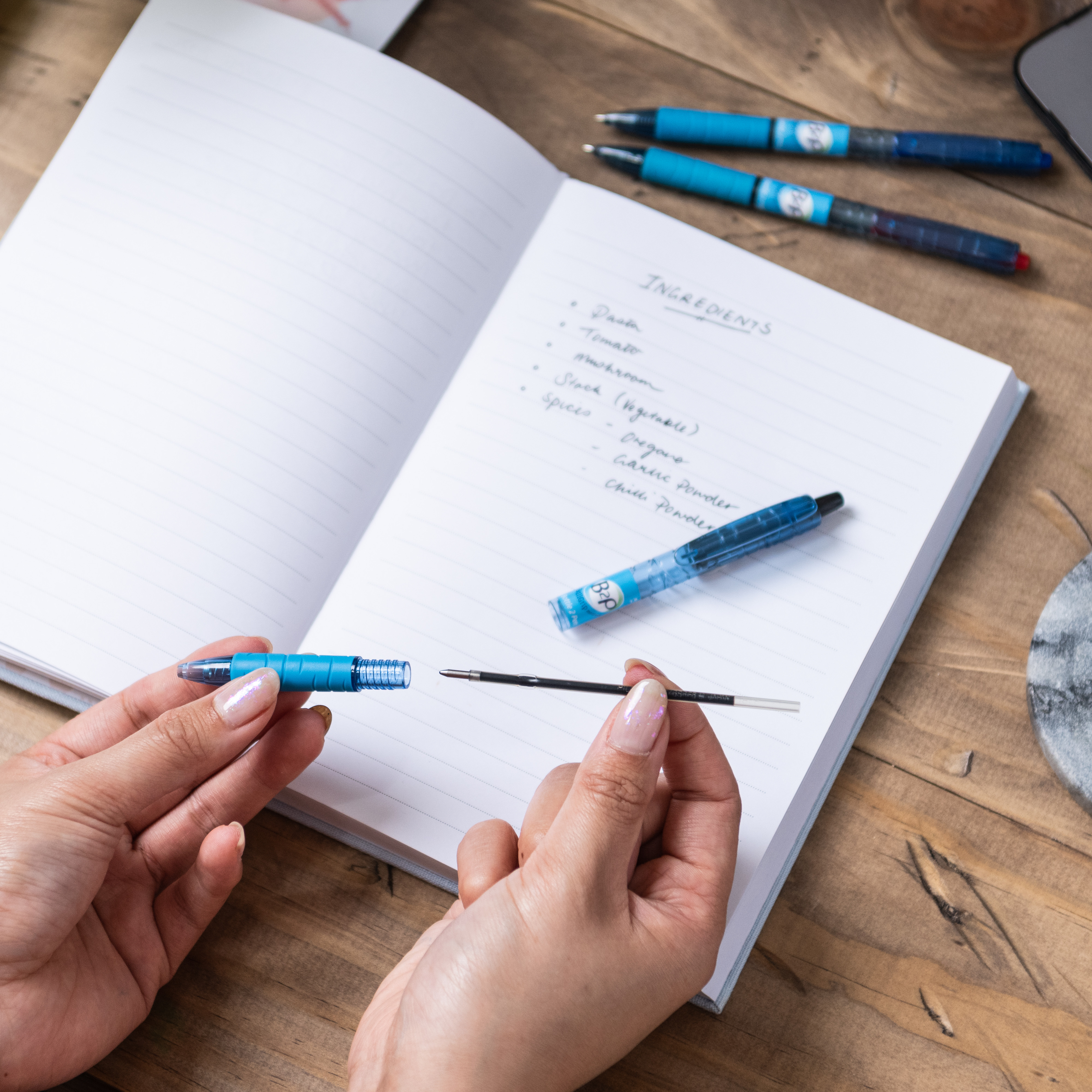 Luxury Ballpoint Pens
Luxury Ballpoint Pens
While ballpoint pens are often seen as everyday tools, they can also serve as a symbol of luxury and status. Luxury ballpoint pens are crafted with significant attention to detail, often using striking materials such as sterling silver. These pens offer a combination of high-quality materials, craftsmanship, and design, making them cherished writing instruments.
Classic designs in luxury pens can include variants made of rich traditional materials, while modern variations may feature glossy lacquer or sleek enamel finishes. Whether as a thoughtful gift for special occasions or a personal indulgence, luxury pens add a touch of elegance to the act of writing.
 The Multi-Tasking Marvels
The Multi-Tasking Marvels
Catering to the multifaceted needs of users, multi-function ballpoint pens, also known as ballpoint pens, are a marvel of modern design. These pens are exceptionally convenient for users such as high school and university students, and professionals who often multitask, providing the ability to switch between different colours with a single writing instrument. This feature alone makes multi-function ballpoint pens a testament to the innovative spirit that continues to drive the evolution of the ballpoint pen.
 PILOT's Commitment to Choice and Sustainability
PILOT's Commitment to Choice and Sustainability
PILOT has long been at the forefront of ballpoint pen innovation, embodying the spirit of choice and sustainability in their product lines. Their Acroball pens, featuring advanced archival ink, are designed for smooth, smear-resistant writing in a variety of vibrant colours. Committed to reducing environmental impact, PILOT emphasises refillable designs across their range, promoting durability and reducing waste. This approach not only aligns with global sustainability goals but also offers consumers quality and convenience in their writing experiences. Through these efforts, PILOT continues to lead in sustainable writing technology, making every pen a testament to its commitment to quality and environmental responsibility.
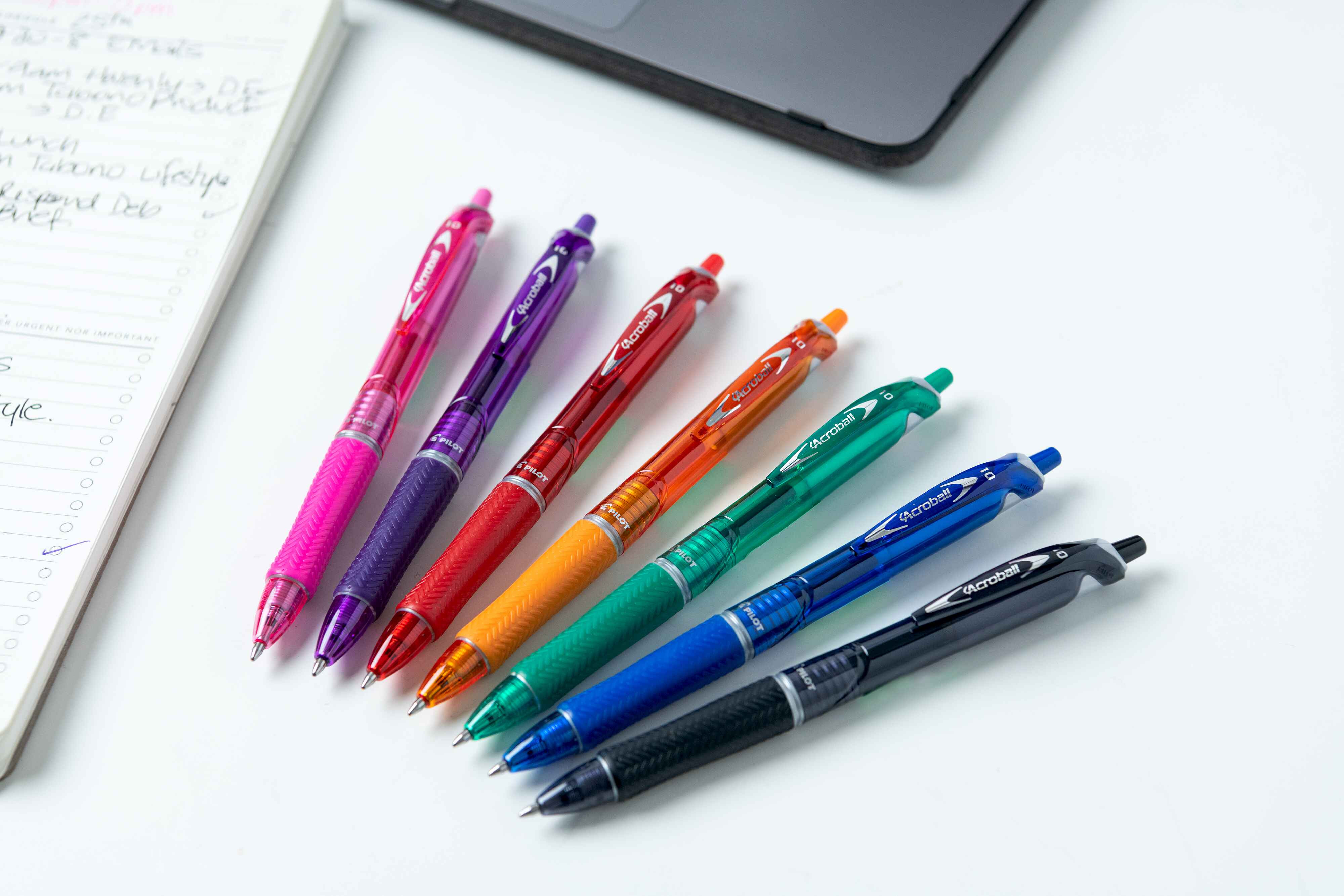 Summary
Summary
The ballpoint pen's journey from John J. Loud's initial prototype to its current status as a versatile and essential writing tool encapsulates a remarkable history of innovation. Pioneered by László Bíró, who perfected the design by introducing a metal ball tip for consistent ink delivery, the ballpoint pen (also known as a biro pen) has evolved significantly, influencing both the writing habits and tool choices of modern society.
Brands like PILOT have been instrumental in this evolution, introducing significant innovations such as the Acroball's archival ink, which offers a smooth and smear-resistant writing experience. Their commitment to sustainability is also evident in their development of refillable pens, aligning modern writing culture with environmental responsibility. This enduring tool continues to bridge the gap between traditional writing and the demands of contemporary users, embodying the fusion of practicality and creativity.

Who invented the first ballpoint pen?
The first ballpoint pen was invented by John J. Loud in 1888.
How did the Bíró brothers improve the ballpoint pen design?
The Bíró brothers improved the ballpoint pen design by introducing a metal ball at the pen tip, which allowed for a more consistent and fluid delivery of ink.
What innovations did PILOT introduce in the ballpoint pen market?
PILOT has been a trailblazer in the ballpoint pen market with innovations like their archival ink in the Acroball range, enhancing the writing experience with smoother, smear-resistant ink in a spectrum of vibrant colours. Additionally, their commitment to sustainability is evident in their push for refillable pen designs, reducing waste and promoting environmental responsibility.
What are some types of modern ballpoint pens?
Some types of modern ballpoint pens are retractable pens, multi-function pens, and luxury pens.
What pen was used before the ballpoint pen?
Before the advent of the ballpoint pen, the most common writing instruments were fountain pens, which used a specially formulated fountain pen ink. These pens had an internal ink reservoir, allowing for a steady flow of ink. Earlier than fountain pens, quill pens and dip pens were widely used, which required the writer to frequently dip the pen into an inkwell to maintain ink on the writing tip.
How are luxury ballpoint pens different from ordinary ones?
Luxury ballpoint pens stand out from ordinary ones due to their meticulous craftsmanship, premium materials, and attention-grabbing design. These pens offer a unique blend of quality and aesthetics.
About Author
Stephanie Janolo
At Pilot Pen Australia, she bridges the gap between digital and timeless writing instruments. Beyond the realm of pixels and algorithms, her inspiration strikes in the form of art, museums and lyrical narratives of Taylor Swift.





